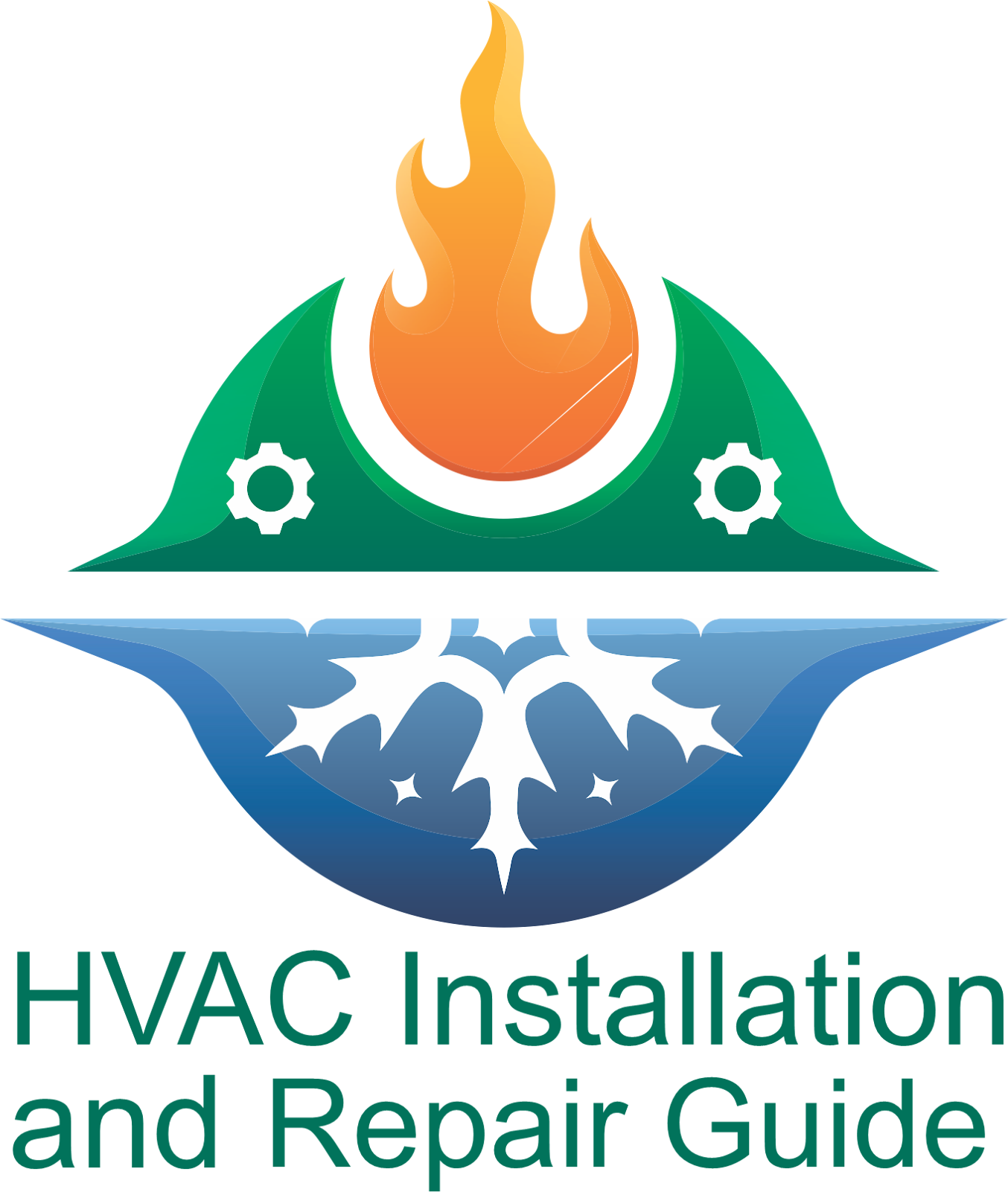How to Reset HVAC Thermostat
Resetting your HVAC thermostat is one quick and easy way to solve various problems, such as inaccurate temperature readings or non-responsive settings. This article will help you through the process of resetting your thermostat, regardless of whether it is manual, smart, or programmable.
What Makes a Thermostat Reset?
It's crucial to comprehend the following reasons why you might need to reset your thermostat before beginning the reset procedure:
- 1. Inaccurate Temperature Readings: Occasionally, discomfort may result from an erroneous temperature reading on the thermostat.
- 2. Unresponsive Thermostat: Resetting your thermostat may work to solve it if it isn't reacting to input.
- 3. System Performance Issues: You can fix small bugs that are interfering with the operation of your HVAC system by doing a reset.
- 4. Programming problems: Any improper settings or programming problems can be cleared by resetting.
Methods for Resetting Various Thermostat Types:
1. Programmable Thermostats:
These thermostats are often found in homes and are quite simple to reset.
Steps:
- Turn Off Your HVAC System: Prioritizing safety, locate the power switch for your HVAC system and ensure it is turned off, fostering a sense of security and responsibility.
- Locate the Reset Button: Most programmable thermostats have a little reset button. It could be on the unit's side or behind the faceplate.
- Hold down and press the reset button. Press and hold the reset button with a paperclip or other tiny object for approximately five seconds. The screen should briefly flash or go black.
- Adjust Your Preferences: After they have been reset, you will have to enter your desired settings (temperature schedules, time, and date) again.
2. Smart Thermostats
Nest and Ecobee are two examples of smart thermostats that offer advanced capabilities and usually have a reset option in their menu.
Steps:
- Open the menu for the thermostat: Go through the options on the display of your smart thermostat.
- Locate the Reset button. Look for the "Reset" option under the "Settings" or "System" menu. This may alternatively be referred to as a "Restart" or "Factory Reset."
- Choose the Reset Option. To confirm the reset, adhere to the on-screen directions. Typically, this entails choosing "Yes" or "Confirm."
- Restart and reconfigure: After the reset, you'll need to adjust any custom settings or schedules and reconnect your thermostat to your Wi-Fi network.
3. Manual Warming Devices
The most basic kind of thermostat is manual, which frequently only has a dial or a slider to adjust the temperature.
Steps:
- Switch Off the Air Conditioning System: Cut the electricity to your air conditioning system.
- Take Off the Thermostat Cover: To gain access to the internal parts, carefully take off the thermostat's cover.
- Cut the Batteries: Take out any batteries that your thermostat may be using. Let them sit for a minute or two before putting them back in.
- Press the designated reset button on the thermostat if one exists. If not, the reset is typically accomplished by putting the batteries back in.
- Replace the thermostat cover and power on your HVAC system by reattaching it.
Advice for a Successful Reset
- Refer to your handbook: For precise instructions, always consult the user manual that came with your thermostat.
- Take Note of Your Preferences: Before you reset, take note of your current settings so you may adjust them later.
- Verify Updates: After resetting a smart thermostat, see if a firmware update is available.
- Seek Professional Assistance: If you're hesitant or uneasy about doing a reset, contact a qualified HVAC specialist.
Conclusion
Resetting your HVAC thermostat may frequently fix many common problems and have your heating and cooling system operating at peak efficiency again. Adhering to the proper procedures for your particular model of thermostat can guarantee a seamless and efficient reset procedure. For optimal results, always put safety first and refer to your thermostat's handbook.

